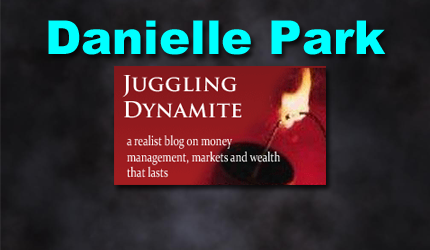July 17, 2025 | Staying Focused Through Noise

In a series of heart-stopping swings, since mid-December, the tech-heavy S&P 500 and Nasdaq are currently up 2.9% and 2.7%, respectively, while the US dollar (as measured by the DXY) has fallen 10% against major trading partners. The more economically sensitive Dow Jones Index is down 2% since December, while the S&P 600 (small-cap companies) is down 10% since the November 2024 peak and down 3.7% since November 2021.
Still, the consensus remains extremely bullish, and FOMO (fear of missing out) is rampant.
Under the indices, the most cyclical segments of the US stock market are in various stages of decline: S&P 500 autos & parts (-31%); home furnishings (-30%); homebuilders (-28%); office REITs (-21%); media (-16%); residential REITs (-12%); retail REITs (-10%); US regional Banks (-11%); and Dow Transports (-11%).
In Canada, the TSX has fared better, up 5.9% since December 6, 2024, helped by a rise in precious metal companies (XGD, +25% since October), while its heavyweight fossil fuel sector (XEG) is down 11.8% since April 2024.
Little covered by financial media is the fact that Treasury bond prices have been rising with much less volatility and principal risk than equities. Not counting interest payments received, Canada’s 3-year Treasury bond is up 9.5% since March 2024, the 5-year bond is up 8% since August 2022, and the 10-year bond is +10% since March 2022.
Not surprisingly, a world full of salespeople promoting equity allocations insists that Treasuries are for dummies and stocks are for the savvy.
Corporate bonds, meanwhile, are priced as if risk-free, with investment-grade bonds yielding less than 1% over similar-dated treasuries and low-quality “junk” bonds less than 3% — about half the historical yield spread norm.
Conflicts of interest are so endemic that US President “Pump” Trump is openly promoting financial products and those of his supporters while publicly demanding that the central bank slash interest rates.
With tariff threats and inflation still lingering, the US Federal Reserve and the Bank of Canada are set to maintain policy inertia this month. Their reticence is understandable, but with the labour market weakening and loan delinquencies leaping, rescue efforts will come later than usual this cycle.
A record 11,400 Americans turn 65 every day amid extreme capital risk in their savings.
Approximately 30% of the population belongs to the 55+ age group, who own some 79% of all stocks and equity funds (Deutsche Bank research), now trading at irrationally high valuations—the S&P 500 is priced at a whacky 210% of US GDP. We’ve never seen such madness.
When prices ‘correct’ the pain and suffering will be widespread and difficult to recover from later in life.
I’m tired of pointing out the obvious, and I’m not sure who needs to hear this, but we are living through a wild confluence of factors.
Minimizing capital losses has to be the priority. That requires staying focused on our own financial plan and not succumbing to popular delusions.
STAY INFORMED! Receive our Weekly Recap of thought provoking articles, podcasts, and radio delivered to your inbox for FREE! Sign up here for the HoweStreet.com Weekly Recap.
Danielle Park July 17th, 2025
Posted In: Juggling Dynamite
Next: The Stripper Index »











